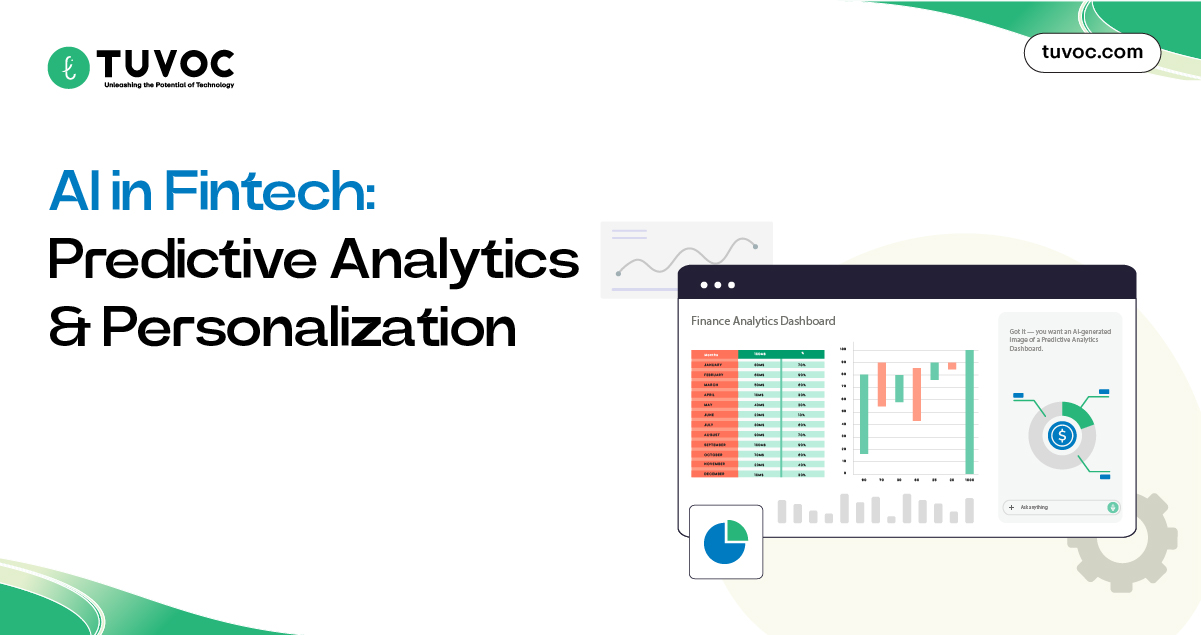Introduction
Within the field of artificial intelligence (AI), generative AI has become more and more potent in recent years. It may create new material or data by drawing on already-existing data. Nevertheless, despite the wide range of potential uses, generative AI’s dual nature in cybersecurity is becoming more widely acknowledged.
On the one hand, its capacity for self-learning and content creation suggests that novel cybersecurity solutions may be possible. However, there are several risks associated with its exploitation by malevolent actors, such as the emergence of increasingly complex cyber threats including malware, deepfakes, phishing schemes, and identity theft.
In this blog, We will examine the potential advantages and disadvantages of generative artificial intelligence (AI) used by Artificial intelligence services companies in the context of cybersecurity.
Generative AI’s Beneficial Effect on Cybersecurity
Generative AI is a game-changer in the cybersecurity space, transforming traditional protection tactics and giving cybersecurity experts access to cutting-edge capabilities.
The following are some ways that generative AI is improving cybersecurity:
Identification and Forecast of Threats
Large-scale data is analyzed by generative AI algorithms to find trends and abnormalities that point to potential security risks. These algorithms can predict and prevent any security breaches with accuracy since they are always learning from evolving attack patterns.
Defense Mechanisms That Adapt
Adaptive defensive systems that dynamically react to new threats in real-time are made possible by generative AI. To combat sophisticated cyberattacks, these methods can automatically modify firewall rules, adapt security protocols, and launch countermeasures.
Automated Response Systems
Generative AI integration in automated response systems enables enterprises to expedite incident response operations. These technologies reduce the effect of cyber threats and downtime by discovering and neutralizing security problems on their own.
Vulnerability Assessment and Patch Management
Generative AI-powered vulnerability assessment solutions perform thorough scans of digital infrastructures to detect potential security flaws. Furthermore, these technologies prioritize key vulnerabilities and recommend timely updates, resulting in proactive risk mitigation.
Cyber Threat Intelligence
Generative AI systems collect and analyze massive amounts of cyber threat intelligence, deriving meaningful insights to guide strategic decisions. Organizations can use predictive analytics to keep ahead of emerging threats and reinforce their cybersecurity posture.
User Behavior Analytics
Organizations can detect aberrant activity and unwanted access attempts in real-time by leveraging Generative AI-powered user behavior analytics. These analytics technologies improve identity and access control policies by linking user activity patterns to known threat indicators.
Pros and Cons of Generative AI for Cybersecurity
Pros
Enhanced Threat Detection: Generative AI systems can scan large volumes of data to uncover patterns and abnormalities, allowing for more accurate threat detection.
Autonomous Defense Systems: Generative AI-powered systems can respond to cyber threats in real-time, reducing response times and mitigating damage.
Human-Machine Collaboration: Generative AI can help cybersecurity experts by automating routine processes, freeing them up to work on more strategic objectives.
Predictive Analytics: By examining past data, Generative AI can predict potential cyber risks and vulnerabilities, allowing for proactive attack prevention.
Customized Solutions: Generative AI may produce cybersecurity solutions that are tailored to specific organizational demands, increasing overall effectiveness and efficiency.
Cons
Potential for Abuse: Cybercriminals may utilize Generative AI algorithms to construct malware or deepfakes, among other sophisticated cyberattacks, which might pose a serious threat to national security.
Ethical Issues: The application of generative artificial intelligence (AI) in cybersecurity presents moral dilemmas about data protection, permission, and responsibility that call for legislation and careful thought.
Over-reliance on Automation: When cybersecurity experts rely too much on automation driven by generative artificial intelligence (AI), they run the risk of becoming complacent and failing to notice important security flaws.
Complexity and Uncertainty: The behavior of generative AI algorithms can be very unpredictable and complicated, which makes it difficult to completely comprehend and predict. This could lead to new security risks.
Resource-intensive: Generative AI system implementation and maintenance in cybersecurity infrastructure demand a large amount of processing power and knowledge, which may be out of reach for smaller businesses.
Cybersecurity’s Future with Generative AI
With the advancement of technology, Generative AI is expected to become an ever more crucial component of cybersecurity. Generative AI has the potential to completely transform cybersecurity methods and guarantee strong defense against constantly changing cyber threats. It can do this by improving threat detection skills, enabling autonomous defense systems, and facilitating ethical considerations and human-machine collaboration.
Conclusion
Depending on how organizations (and threat actors) decide to use the technology, generative AI may prove to be a boon or a bane for cybersecurity.
Accepting generative AI’s increasing influence, understanding how it operates, and developing guidelines and best practices for utilizing it in security contexts are the most crucial steps any company can take. Get in touch with Tuvoc Technologies right now if you’re looking for an Artificial intelligence services company.
Have an Idea? Let’s Shape It!
Kickstart your tech journey with a personalized development guide tailored to your goals.
Discover Your Tech Path →Share with your community!
Latest Articles

AI in Fintech: Predictive Analytics and Personalization
How AI is Reshaping Fintech in 2025 Customers, revenue, and trust, banks and financial institutions are losing all for not…

Fintech Software Development 2025: Complete Guide to Build Secure & Scalable Financial Apps
Amidst the risk of the old financial system crashing due to emerging geopolitical fault lines and renewed trade wars, fintech…

MERN vs MEAN Stack: Which Tech Stack Should You Choose in 2025?
Why MERN Stack vs MEAN Stack Matters in 2025 Technologies shouldn't be complex, but in practice, they often are. Most…